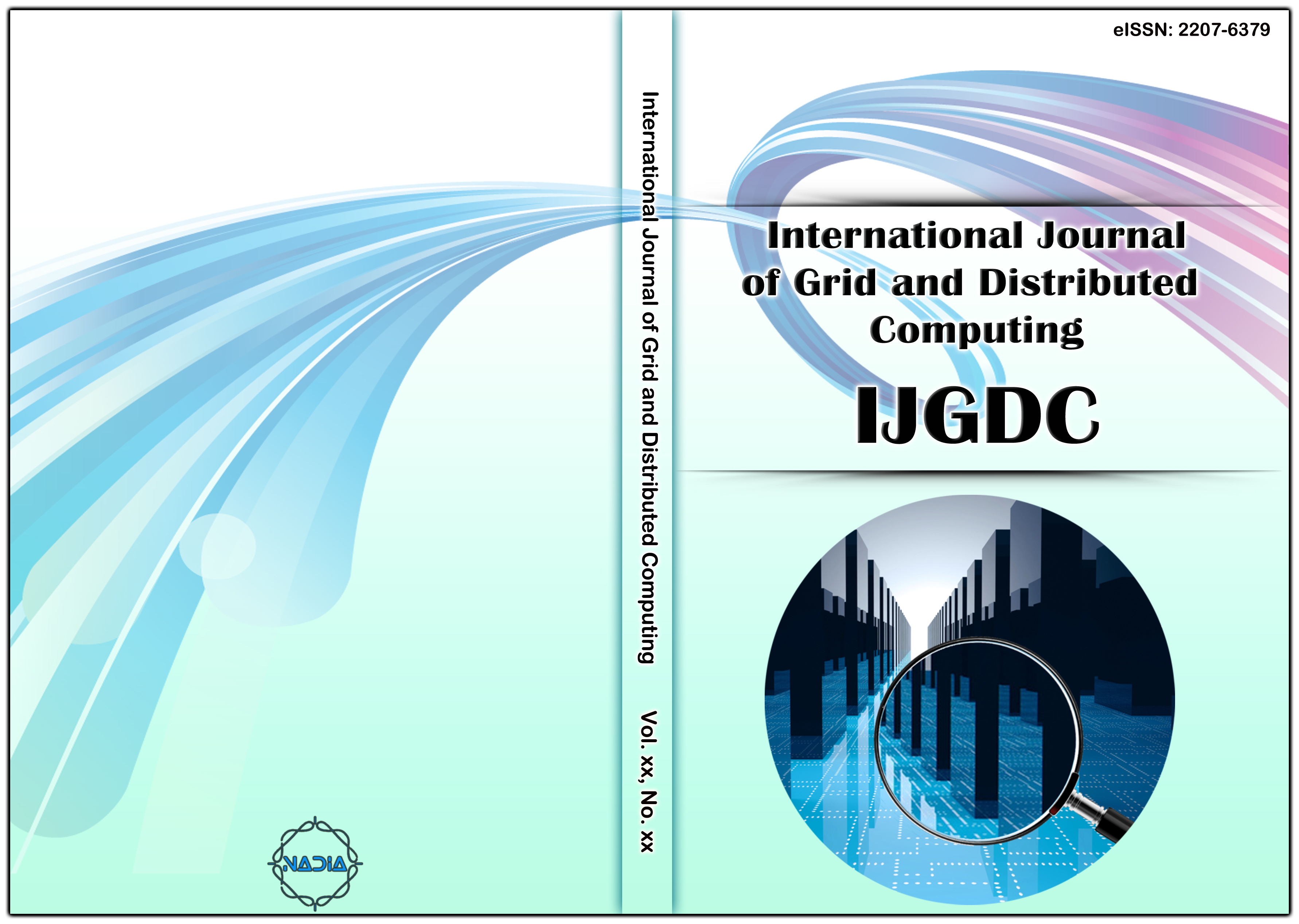[1] Bello, O. and Zeadally, S., “Intelligent Device-to-Device Communication in the Internet of Things”, Ieeexplore, IEEEE, Org, vol. 10, no. 3, (2015), pp. 1-11.
[2] McFarlane, D. “The Origin of the Internet of Things”, [Online]. Available: http://www.redbite.com/the-origin-of-the-internet-of-things/. [Accessed: 25-Aug-2016].
[3] Cunha, F., “Ad Hoc Networks Data communication in VANETs : Protocols, applications and challenges,” Ad Hoc Networks, vol. 44, (2016), pp. 90-103.
[4] Wu, Z. Y., Li, K. and Iov, B., “Internet of Vehicles and Applications”, Internet of Things 2016, pp. 299-317, ISBN 9780128053959, https://doi.org/10.1016/B978-0-12-805395-9.00016-2.
[5] Cheng, J., Cheng, J., Zhou, M., Liu, F., Gao, S. and Liu, C., “Routing in Internet of Vehicles: A Review”, IEEE Trans. Intell. Transp. Syst., vol. 16, no. 5, (2015), pp. 2339-2352.
[6] Hung, C. C., Chan, H. and Wu, E. H. K., “Mobility pattern aware routing for heterogeneous vehicular networks”, Proc IEEE Wireless Communications and Networking Conference (WCNC’08), (2008), pp. 2200-2205.
[7] Mo, Z., Zhu, H., Makki, K. and Pissinou, N., “MURU: a multi-hop routing protocol for urban vehicular Ad Hoc networks”, 3rd Annual International Conference on Mobile and Ubiquitous Systems: Networks and Services (MOBIQUITOUS), (2006).
[8] Namboordiri, V. and Gao, L., “Prediction-based routing for vehicular ad hoc networks”, IEEE Trans Veh Technol., vol. 56, no. 4, (2007), pp. 2332-2345.
[9] Menouar, H., Lenardi, M. and Filali, F., “Movement prediction-based routing (MOPR) concept for position-based routing in vehicular networks”, VTC, (Fall,Baltimore, MD, (2007).
[10] Cheng, P. C., Lee, K. C., Gerla, M. and Härri, J., “GeoDTN+Nav: geographic DTN routing with navigator prediction for urban vehicular environments”, J Mobile NetwAppl., vol. 15, (2010), pp. 61-82. doi:10.1007/s11036-009-0181-6.
[11] Zhang, W. and Xi, X., “The Innovation and Development of Internet of Vehicles”, Network Technology and Application, China communications, (2016) May, pp. 122-127.
[12] Ali-yahiya, T., Sethom, K. and Pujolle, G., “Seamless continuity of service across WLAN and WMAN networks: challenges and performance evaluation”, 2nd IEEE/IFIP International Workshop on Broadband Convergence Networks, Munich, (2007), pp. 1-12.
[13] Chen, F., Zhai, H. and Fang, Y., “Available bandwidth in multirate and multihop wireless ad hoc networks”, IEEE J Sel Areas Commun (JSAC), vol. 28, no. 3, (2010), pp. 299-307.
[14] Joy, J., Rabsatt, V. and Gerla, M., “Internet of Vehicles: Enabling safe, secure, and private vehicular crowdsourcing”, Internet Technol. Lett., vol. 1, no. 1, (2018), pp. e16.
[15] Xue, Y., Li, B. and Nahrstedt, K., “Optimal resource allocation in wireless ad hoc networks: a price-based approach”, IEEE Trans Mobile Comput., vol. 5, no. 4, (2006), pp. 347-364.
[16] Chen, L. and Heinzelman, W., “QoS-aware routing based on bandwidth estimation for mobile ad hoc networks”, IEEE J Sel Areas Commun., vol. 23, (2005), pp. 561-572.
[17] Zhao, J. and Cao, G., “VADD: vehicle-assisted data delivery in vehicular ad hoc networks”, IEEE Trans Veh Tech., vol. 57, no. 3, (2008), pp. 1910-1922.
[18] Ghaffari, M. and Ashtiani, F., “A new routing algorithm for sparse vehicular ad-hoc networks with moving destinations”, Proc IEEE Wireless Communications and Networking Conference (WCNC’09), (Budapest, Hungary, 2009), pp. 1-6.
[19] IEEE 802.16e-2005, Local and Metropolitan Area Networks, Part 16: Air Interface for Fixed Broadband Wireless Access Systems: Amendment for Physical and Medium Access Control Layers for Combined Fixed and Mobile Operation in Licensed Bands, (2006).
[20] http://www.openstreetmap.org/. [Accessed: 25-Mar-2019].
[21] Krajzewicz, D., Hertkorn, G., Feld, C., and Wagner, P., “SUMO (Simulation of Urban MObility); An open-source traffic simulation”, 4th Middle East Symposium on Simulation and Modelling (MESM2002), (2002), pp. 183-187.
[22] Sommer, C., German, R. and Dressier, F., “Bidirectionally coupled network and road traffic simulation for improved IVC analysis”, IEEE transaction on mobile computing, vol. 10, no. 1, (2011) January, pp. 3-15.
[23] Majlesi, A. and Khalaj, B., “An adaptive fuzzy logic based handoff algorithm for hybrid networks”, Proc International Conference on Signal Processing (ICSP’02) Beijing, China, vol. 2, (2002), pp. 1223-1228.
[24] Cicconetti, C., Erta, A., Lenzini, L. and Mingozzi, E., “Performance evaluation of the IEEE 802.16 mac for qos support”, IEEE Trans Mobile Comput., vol. 6, no. 1, (2007), pp. 26-38.
[25] WiMAX Forum, Initial Certification Profiles and the European Regulatory Framework. WiMAX Forum Regulatory Working Group (2004) 45. Redline Communications, Redmax Base Station Datasheet AN-100Uhttp:// www.redlinecommunications.com/. Accessed 2005.
